![Rabindranath Tagore – poeta świata. Antologia, red. naukowa Elżbieta Walter, [Wydawnictwo Uniwersytetu Warszawskiego, Warszawa 2010, 420 s.]](/api/image/getissuecoverimage?id=picture_2011_46066.jpg)
We kindly inform you that, as long as the subject affiliation of our 300.000+ articles is in progress, you might get unsufficient or no results on your third level or second level search. In this case, please broaden your search criteria.
![Rabindranath Tagore – poeta świata. Antologia, red. naukowa Elżbieta Walter, [Wydawnictwo Uniwersytetu Warszawskiego, Warszawa 2010, 420 s.]](/api/image/getissuecoverimage?id=picture_2011_46066.jpg)

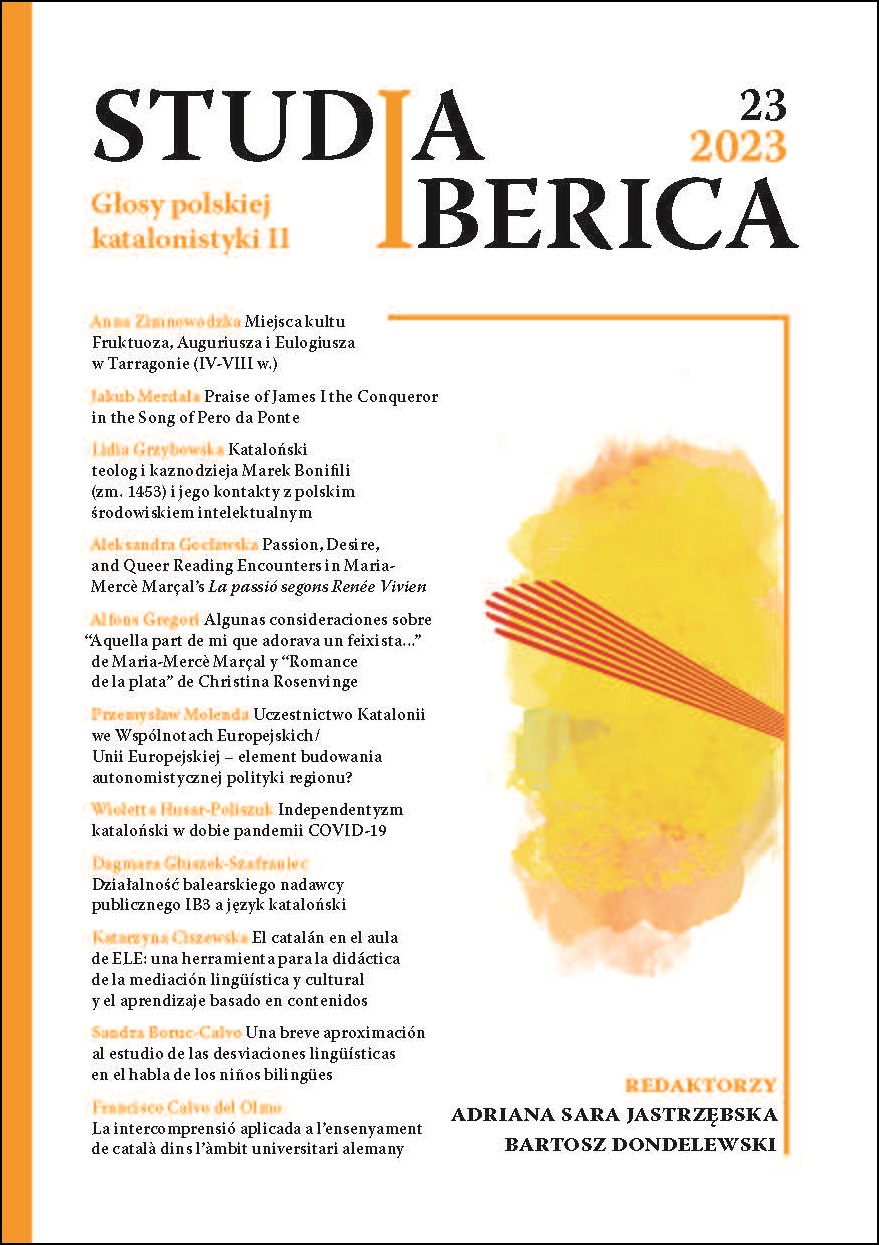
The aim of this article is to analyse two texts belonging to confessional lyric: on the one hand, the song “Romance de la plata” from the album Un hombre rubio (2018) by Christina Rosenvinge, also collected as a poem in Debut (2019); on the other, an untitled poem by Maria-Mercè Marçal, whose first verse is “Aquella part de mi que adorava un feixista…,” present in the “Daddy” section of Desglaç (1989). I will focus on the motif of the father’s death and, in relation to this, on the claim to address past facts when it is too late to do so in person, having been the father fictionally projected as an authoritarian person and even a sympathizer of Francoism. Both texts demonstrate the ability of lyrical subjects – incarnated generically – to get involved in dialogue and negotiate both separations and connections with the Other, which in this case is the father figure. This involvement allows them to understand certain parental aspects without being subordinated to the authority or the seduction that they may have felt in earlier times. Thus, the sense of fictionalized female identity consists of a more diffuse idea of the limits of the self, assumed in relational and intersubjective terms. Finally, in “Romance de la plata” and its paratexts, Rosenvinge makes her own image prevail, while in “Aquella part de mi que adorava un feixista…” Marçal represents the deceased father through a plurality of images, escaping from his domain when he turns the lyrical subject and himself into children.
More...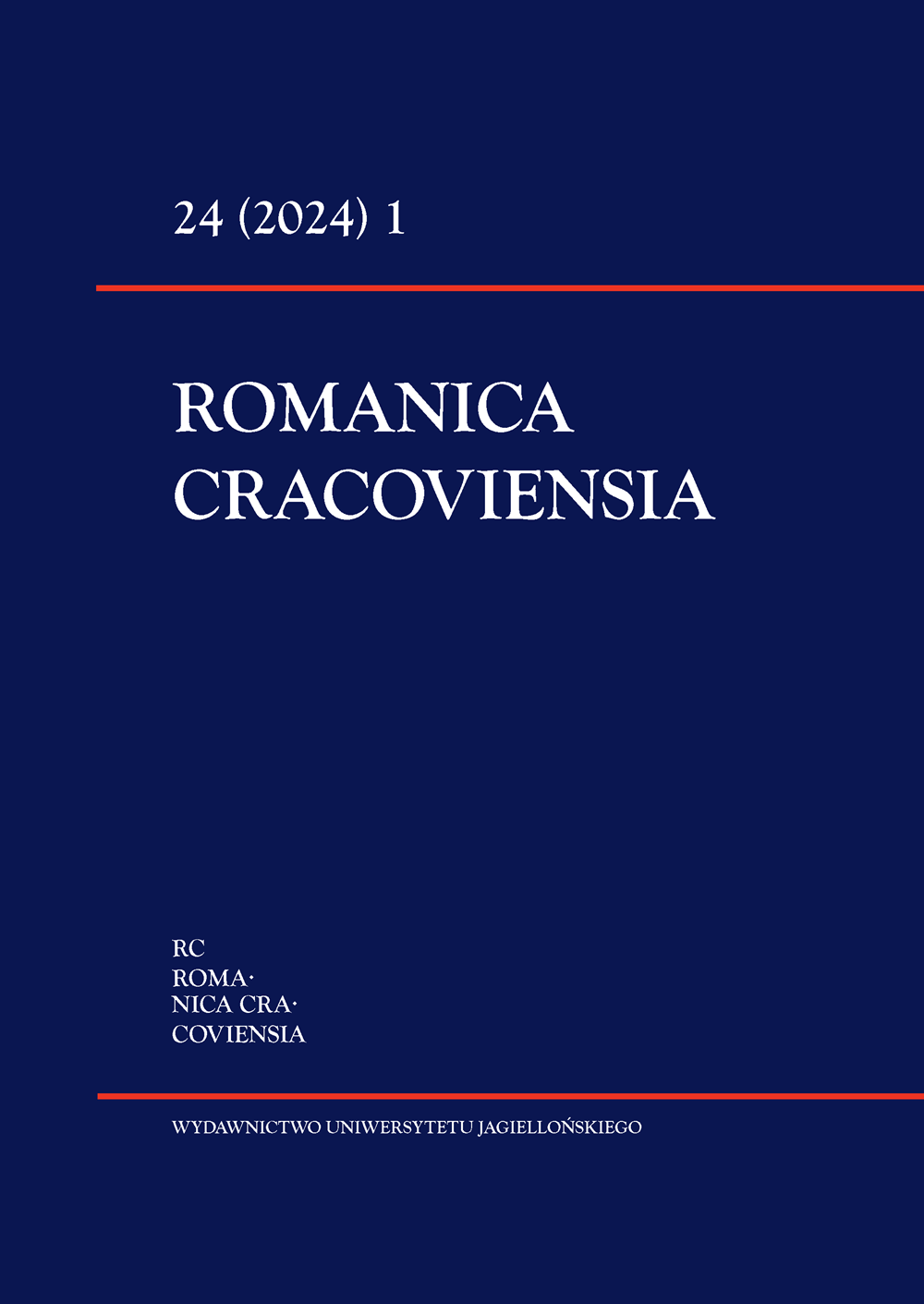
The aim of this article is to analyse the role of biblical references in Al Berto’s (Alberto Raposo Pidwell Tavares’) last poetry volume, Horto de Incêndio, published in 1997. Previous research on this poetry has identified intertextuality, an interest in corporeality and the problem of the relationship between experience and text as dominant features of this work. Building upon these insights, I demonstrate that the numerous allusions to the Bible, especially evocations of the Apocalypse, in Horto de Incêndio are related to the author’s attempt to textualise the experience of illness and allow us to partially reconstruct his view of the ontology of the literary text.
More...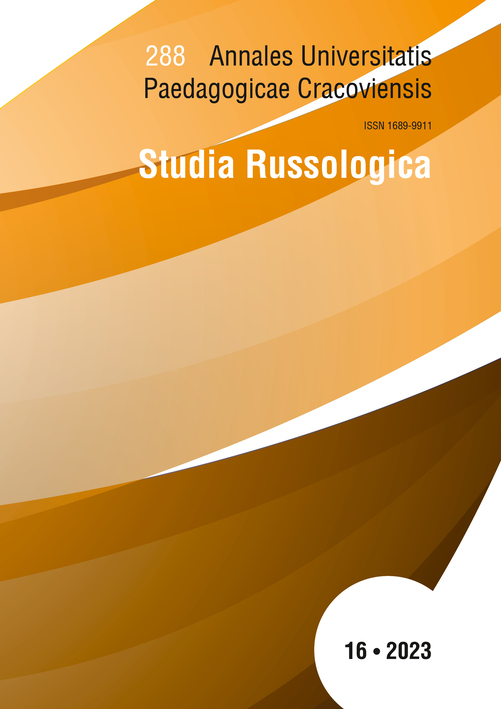
The subject of interpretation in this report is Fyodor Sologub’s poem The Devil’s Swing (1907) and the image of the devil depicted in it. We are trying to find out what role this creature plays in human life and what is his status in the world. Through the analysis of various poetic characteristics of the lyrical hero, the contexts of his artistic thinking are recreated in the poet’s works and references to different layers of cultural tradition are traced. We point out that demonological motives are just an auxiliary “means” for deeper philosophical generalizations. We refer to the philosophy of Arthur Schopenhauer. Many symbols that contribute to the expression of the truth about the existence of man in the world can be deciphered. We will try to reveal the originality of the poet’s views and his artistic skill.
More...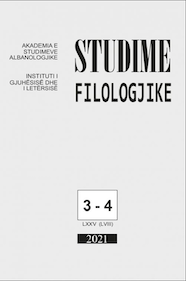
By researching the means and techniques of writing, the intersections of the poetic epigram with the lyrical poetry and sketched quickly, almost improvised, kept notes in the form of a meticulous tachygraphic one, through this study explores a particular trend in the poetry of Xhevahir Spahiu. In contrast to the other poetic structures of the author, “Shkurtimat” enriches not only his creativity but also prosody in the Albanian language. Contrary to what has been noticed, the article proposes another starting calendar for Xhevahir Spahiu's mini poetry as well as another chronological order in their development. The work also follows the author's path of transforming a short and sharp form of expression into a special poetic minigenre, as well as the transformation of modelling into an aesthetic concept. Everything is put in the frame and the background of a short history of miniature poetry in Albania, to come to the special and rare case of the poet Xhevahir Spahiu.
More...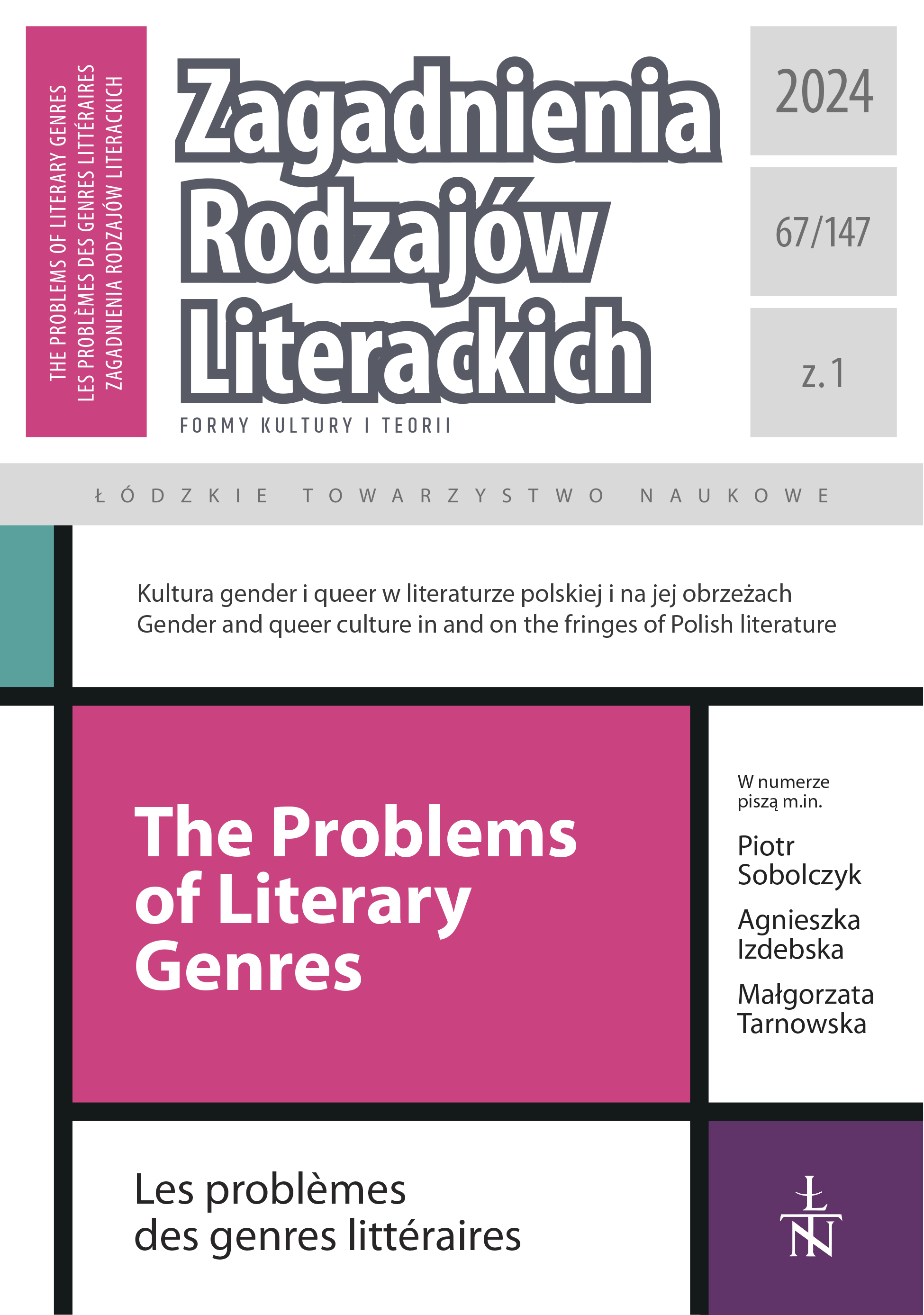
The article analyses Izabela Morska’s collection of poems 1983. Maszynopisy published in 2023. At first the author analyses the idea of “regained” poems (all written between 1980– 1985 and never published until now) and the “regained decade” in the history of Polish feminine poetry. Morska was a female dissident, a phenomenon quite suppressed in the history of the Solidarity movement. She also participated in an unofficial literary life with other girls who were also poets, andb sometimes her lovers. The beginning of the article analyses this topic according to Morska’s introductory essay. The author offers in the article the idea of “spiral regaining” Morska’s youth (alluding to the title of her first published book, Death and Spiral). As for female writers who were Morska’s peers, the author mentions Anna Janko and most of all Eda Ostrowska. Subsequently three main topics are studied. 1) The idea of a “national hero” and dissident who could never be a woman. Morska was aware of her exclusion as a woman from the dominant dissident movement and also from literary life, and these two overlapped. Especially the long poem King of Rats IV is a point in case. 2) The negative motherhood appears in the poems, but also in the cycle of “poems in prose” and is compared to Morska’s gothic novel Alma (written in 1986 and published in 2003). The author suggests in the article that some of these poems in prose constitute “Pre-Alma”. 3) Rape as a metaphor or, rather, symbolization, and its place in the attempt to create a personal and strongly feminine mythology. For Morska, rape might signify sexual harassment (and as such is a recurring theme in Death and Spiral, Absolute Amnesia, Alma…), but also metaphorically any kind of movement, including birth and death leading to rebirth, marked with violence. Symbolization is defined in the article according to Jean Laplanche and Marguerite Sechehaye.
More...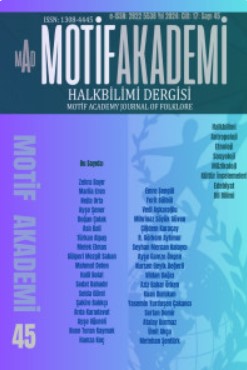
Little is known about the [Ottoman] poet Derzî-zâde Ulvî, including when he was born, beyond that his original was Mehmed. Moreover, scant bibliographic sources tell us that he most likely was from Istanbul. He had a brother, Mustafa Çelebi, who like him, composed poetry in the Re’yî style, thus implying that Ulvî was reared in a literary milieu. A huge turning point in Ulvî’s life was when he moved to Manisa and began studying the sciences under Muallim-zâde Ahmed Efendi, the province’s mufti. At around the same period, he was presented to Sultan Süleyman the Magnificent’s son Selim II (then a prince) by Celal Bey and Turak Çelebi, with their high praise (they were good friends with the royals). Ulvî would end up writing several odes for Selim, and upon gaining his favour, gradually earned himself a name as one of the 16th century’s most distinguished poets both in the literary and scholarly sense. Unfortunately, Çelebi’s execution by order of the Sultan threw Ulvî into financially and morally troublesome times for a while. He expressed his grief over the incident in a poem that would end up rubbing the Sultan the wrong way, who in response issued a warrant for his imprisonment and death. As a result, Ulvî went into hiding, and wouldn’t resurface and return to Istanbul until Selim II took the throne. When he did, he apprenticed under Mehmed Vusûlî Efendi (aka Hubbî Mollası). Alas, Ulvî was heavy drinker, and died in poverty in Istanbul in 993/1585 at the hands of his habit. Nevertheless, in his lifetime he left behind two books, Divan (his magnum opus) and Manisa Şehrengizi, plus countless works of prose scattered across multiple poetry magazines – all of which are characterized by a distinctly rich, fluent, and yet plain literary style, and collectively represent a valuable cultural treasure trove. Similarly, non-Divan poetry, regardless of who the poet is, further reflect people’s literary taste around that era. In this study, we want to focus one gazel of Ulvî’s (he wrote three in total) that made its way in a poetry magazine (Yapı Kredi Research Library – Y 0431) rather than Divan. We shall examine its form and content, debate why we think it belongs to Ulvî, and then provide a transliteration and Modern Turkish translation.
More...
The article indicates which is the first published work in Bulgarian literature for children, which depicts the image of Diado Mraz( Grandfather Frost). It emphasizes the fact that the author Tsonyo Kalchev already in 1907 charged his character with the functions of „the good old man who gives out presents on Christmas night”. It is also concluded that the symbolism and significance of the character „ Diado Mraz( Grandfather Frost)” in Bulgarian children's literature is double-natured figure.
More...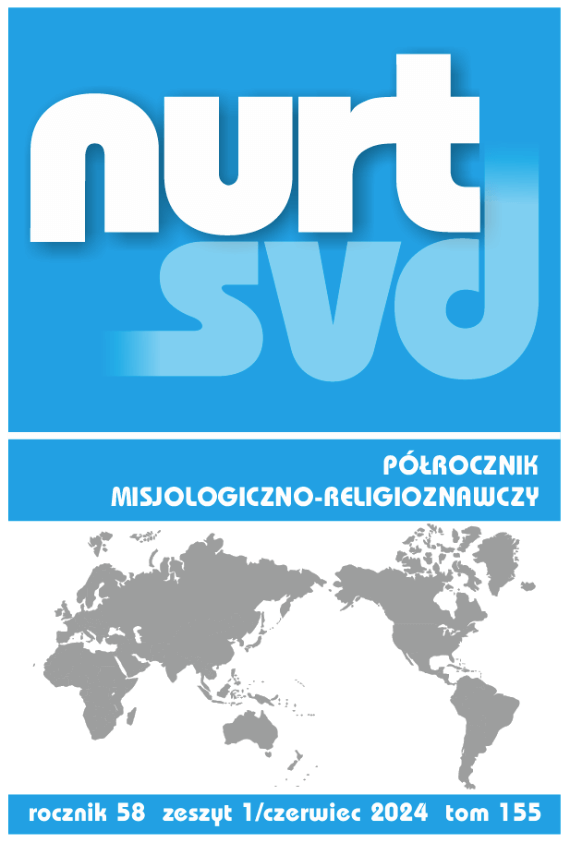
As a result of the conquest of the Balkan lands by the Ottoman Empire, numerous legal and administrative changes took place in these areas, the promotion of Islam among new subjects, and the transformation of many aspects of culture – from the spatial organization of cities to issues related to customs and education. In the Bosnian and Albanian literary tradition, contact with the Eastern civilization also contributed to the development of mainly Turkish- and Arabic-language literature, and then literature in the national language written in a modified Arabic alphabet. Among the Muslim Slavs from the western part of the Balkans, the flourishing of creativity classified today as aljamiado lasted from the mid-17th century to the end of the 19th century. Consistent with the Islamic worldview, literature includes both poetry and prose. Although it was largely determined by religion, it also concerned other issues, current for the community at that time.
More...
Ana Blandiana feels, with unrelenting pain, the powerlessness to discern the limits of good and evil, to decribe moral values with sufficient rigour, to discern that unstable, hairline border that separates moral extremes. Out of this suffering, clearly expressed in melancholic-austere verses, the poet's gnoseological and ontological intransigence is reborn, summing up a conception of clear colours, unequivocal forms, inviolable and firm values; the dynamics of the poetic images is based on the antinomic tension between the cognisable and the unknowable, between thought and word, between the uncreated and the created, all these oppositions expressing, of course, the need to clarify ethical notions, to translate the moral will into the reality of the unequivocal materialised option. Some of Ilena Mălăncioiu's poems suggest mythologies made up of mysteries and archetypal guilt, of disturbing phantasms and figures of the shadow, the nothingness or the melancholic funereal, sublimated in a rhetoric of fear, of the fall, of the decline into the ephemerality of things, or into the labyrinth of the sensorial, the grim geography of the imaginary coming from acute perceptions of suffering, of the torments of history and the annihilation of being. Important voices of contemporary women's poetry, Ana Blandiana and Ileana Mălăncioiu essentialize their suffering in sharp verses, which repudiate any seduction, delusion or illusion, in a lyric that refuses ornamentation, stylistic pampering or aestheticizing narcosis, in favour of the ultimate and essential truth of being.
More...
Kazimierz Wójtowicz (born 1948) is a contemporary priest-poet. In his lyrical works, he constantly develops the biblical theme of Emmaus. He has written over 80 songs about this theme. This article discusses six ekphrases written by Kazimierz Wójtowicz about paintings by baroque masters, depicting the scene that took place in Emmaus. These are the following poems: Caravaggio: Christ in Emmaus (1601), Diego Velázquez: Kitchen girl with a supper scene in Emmaus in the background (1618), Diego Velázquez: Supper in Emmaus (1620), Rembrandt: Christ in Emmaus (drawing, 1629), Rembrandt: Supper in Emmaus (1629) and Rembrandt: Christ in Emmaus (1648). Describing baroque canvases using the language of poetry, Wójtowicz draws attention primarily to the evangelical meaning of the paintings. Usually, he is interested in the dynamics of the scene, the emotionality of the painted characters, and the lively gestures of the apostles. He is somewhat less interested in the other baroque features of the paintings, incl. vivid colors, operating with light, contrasts. Rembrandt’s ekphrase: Supper in Emmaus (1629) is based on an interesting concept consisting in a perfunctory treatment of the most important element of a work (in the opinion of art historians, which determines the uniqueness of a painting) and focusing on secondary motives. In the poems analyzed by Wójtowicz, only the baroque style resonates. The author diversifies the lyrical monologue with metaphors, antitheses, and biblical quotations, but artistic media appear with a moderate intensity. Wójtowicz’s ekphrases are “baroque” because of the topic taken up, not because of the organization of the linguistic layer.
More...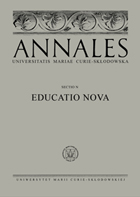
The article is of an interpretive and methodological nature and concerns the design of reflections around existential and universal issues of “longue durée” (Braudel), as well as the design of situations of reception of cultural texts within the framework of humanities education at the high school level. The author describes a project – implemented in practice – related to the phenomenon of human existence and the diagnosis of human condition, primarily based on Wisława Szymborska’s poems, including three poetic “anatomical studies”, with literature treated here as a “laboratory of thought experiments” (Ricoeur). The principles of text selection and arrangement are explained using this example, with particular attention paid to the various materials available on the Internet.
More...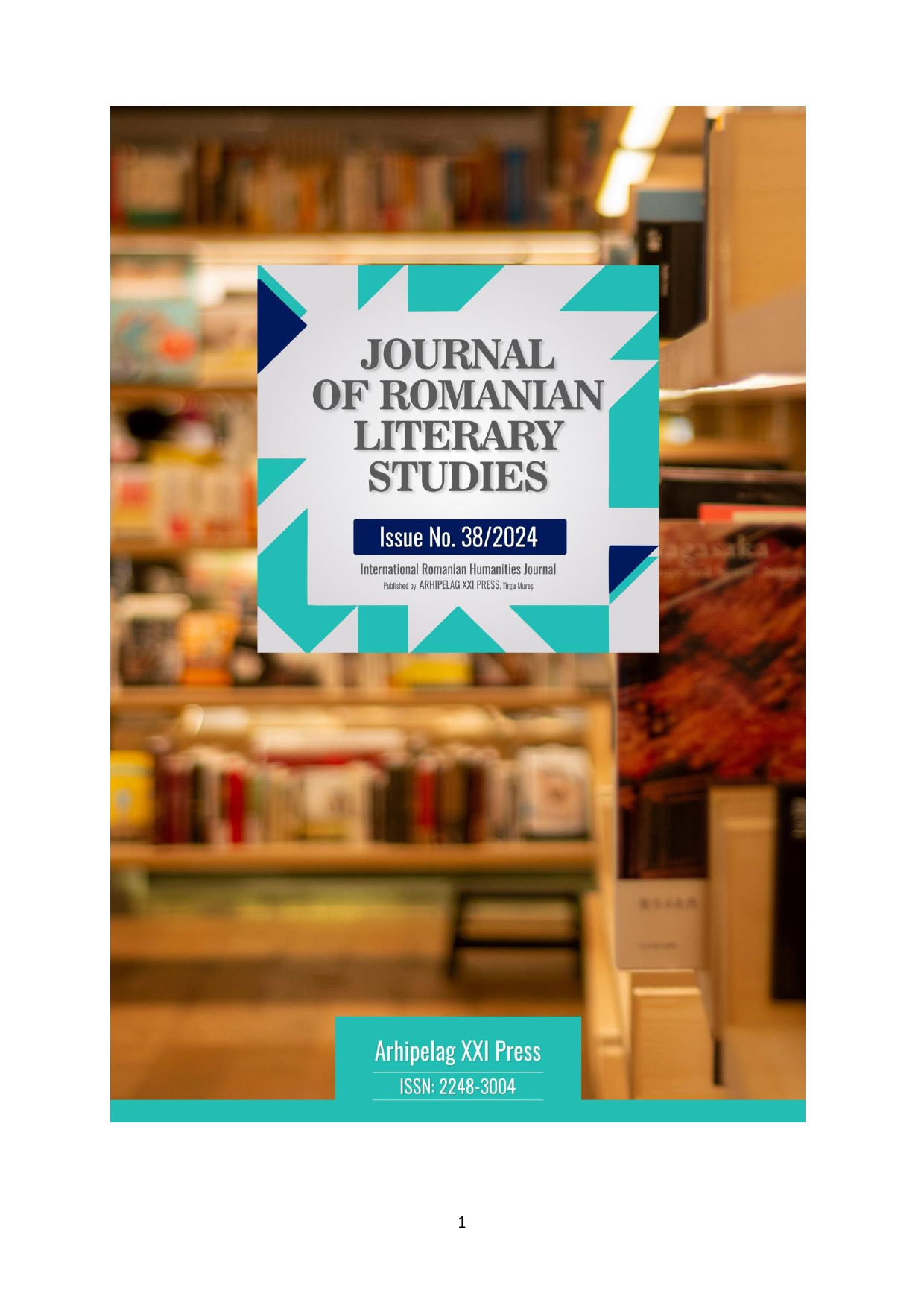
This work aims to analyze the way personal life can influence the career of a writer, from the perspective of the most important human feeling, love, drawing both some significant biographical milestones from the life story of the writers Ana Blandiana and Romulus Rusan and searching for meanings, motivations, transformations, the way the encounter with love transformed both their lives and their artistic creation. Love becomes, from a way of life, a motivation of writing, of creation, transforming the outer and inner universe of the artist, thus becoming the supreme force through which the writer builds the fictional world. Love thus remains not only the engine of existence, the one that gives meaning to the personal life of the writer, but also the one that builds the artistic language according to its own laws, transforming and recreating both the outer universe, of the artist's real life, and the inner one, of the soul and of creative imagination. And when love unites not just one, but two writers, it becomes a force of nature that can irreparably change both their lives and their literary destiny.
More...
The purpose of the present paper is to look at haiku poems dealing with the theme of mirroring. While haiku poems originate in Japan, they can prove to be adaptable to any culture. We can start from the following haiku poem by master Matsuo Basho, who is believed to be the one who started off the haiku writing tradition: “Harvest moon:/ around the pond I wander/ and the night is gone.” Haiku poems are traditionally placed in three lines, 5-7-5 syllables, and with a reference offering a clue to the season where everything happens. The focus is on the here and now. However, current trends in haiku writing show more eagerness to experiment, and bring in changes. The experience of writing haiku proves to be universal, across cultures. One case examined will be that of the Romanian Kukai community led by master Corneliu Traian Atanasiu. The topic of mirroring has been dealt with in an anthology where work from authors in his group was included, in order to popularize for the general public this kind of poem. The translated title could be A paper boat jumping over the clouds, meaning that the paper boat is sitting on a lake or in a pond, and the clouds are reflecting in the lake, creating the optical illusion of the boat floating on the clouds, or in the sky. This is a poetic experience, which is, after all, as real as it can be, due to the way nature works. Basho’s poem shows the value of karumi, or gasping at the beauty of nature, once we realize that, through the optical illusion of having the moon mirrored in the pond, it simply lies at our feet, as if it is so within our reach, even if, scientifically, it lies light years’ distance from us.
More...
The purpose of the paper is to analyse two poems with the same title, Autumn, written by two Romanian Symbolist poets, husband and wife, Claudia Millian Minulescu and Ion Minulescu. Their work is presented in the context of Symbolism at international level, as well as at the level of the development of Symbolism in Romania. The reader-response criticism perspective will be used, due to its allowing for free interpretation through free associations of the allusions present in the use of symbols. Symbols in Symbolist poetry have a strong power of suggestion, and emotions are expressed indirectly, by incorporating external reality. Part of the contribution of the author of the present paper is the analysis of the two poems, together with their translation into the English language.
More...
The present article is a brief assay of the evolution of the literary work that Gabriela Melinescu, one of the most read and valuable poets during the communism regime, created, building up through it the sensual figure of the intelectual Romanian women, as an idol of the other poets in this cathegory. She treated love as a science, a guide-feeling for her life and profession, moreover being able to capsule her passion for this feeling in a pill in order to generate supranatural approach of the mechanism that totalitarism overused in her generation. We pass over her creations, most of all over her poetry, proving its superiority perspective through criticism and scientific interpretations.
More...
The imaginary is formed as a cultural and personal imprint, shaped by the interaction between a person’s conscious and subconscious, reflecting a subjective perception of reality. It is filtered through individual experiences and enriched by imagination, leading to the development of a distinct imaginary chronotope. Consciousness can represent the world either directly, through perceptions, or indirectly, through memories and abstract images, reconstructing reality based on the creator’s subconscious and culture. Symbolic objects, central elements of the imaginary, mediate between concrete and experiential knowledge, generating complex imagistic structures. These are not merely analytical elements but expressive models that give meaning and coherence to perceived reality. Poetry represents a complex interaction between the poet and the objects in the external reality, surpassing their mere sensory representation. Unlike the perspective of theorists such as Charles Perrault, the objects in poetry become mediators between consciousness and the material world, facilitating a deeper understanding of existence. According to Bergson and Alison, objects, through their intrinsic qualities and the relationships between them, evoke aesthetic emotions and promote philosophical contemplation. In lyrical poetry, objects are treated symbolically and metaphorically, emphasizing subjective experiences and metaphysical reflections, while in narrative prose, they reflect complex identities and cultural and social themes.
More...
Pursued as a whole, „the lirical” territory claimed by Ilena Malancioiu's artistic vision reveals with acuity the poet's path to Self, her becoming through Time and History, under the sign of a unique conjugation of life with death. Carried out in the fiber of lyricism, space is characterized by a surprising articulation of the material and the immaterial, so that the boundary between the worlds can be perceived as a horizon in continuous transformation. The misanscenes are registered in an austere register, beyond which one can guess the disturbing sensitivity of Ilena Malancioiu. Passed through the filter of hermeneutical instruments offered by modern and postmodern theories that bring to the fore the concept of space, the discourse generates new valences, reconfiguring the intimate architecture of the text.
More...
Unlike the work of other poets, Bacovian lyricism finds its expression in a closed, well-defined space. It functions as both a zone of ostracization, as the poet constantly feels alienated, but also as a limit in which he sporadically finds refuge and, above all, experiences relief. When he tries to delimit himself from this perimeter, the poet's thinking tends to annihilate itself, the forms lose their outline and consistency. However, in George Bacovia's poetry, there are no immediate points of support, there is no salvation on either side. There are few cases when the poet gives another meaning to existence, other than that of permanent illusion and heralded failure. Whereas the romantics could only imagine the center and the edge, George Bacovia indicates them in a striking concreteness, easily recognizable in a world that has lost its landmarks, even if this kind of concreteness corresponds to an inner reality, a heartbreaking one because of its dramas. We could say that the symbolist poet, in his personal way, does nothing but close the circle in a very concentrated interpretive field.
More...